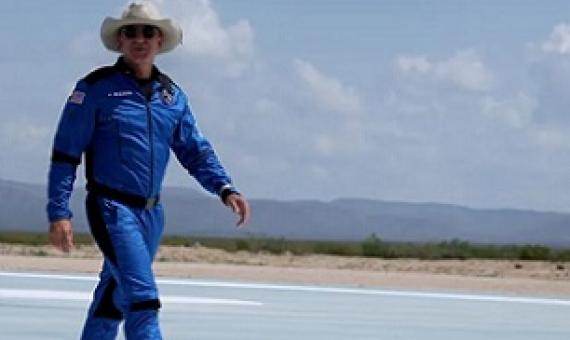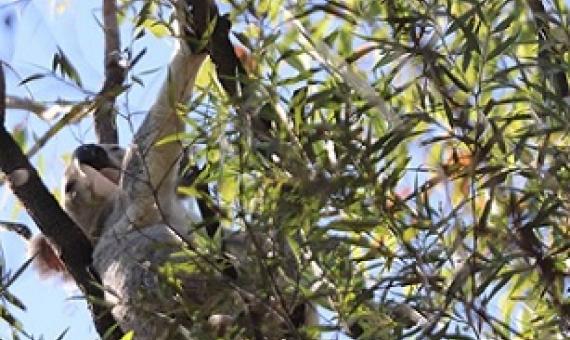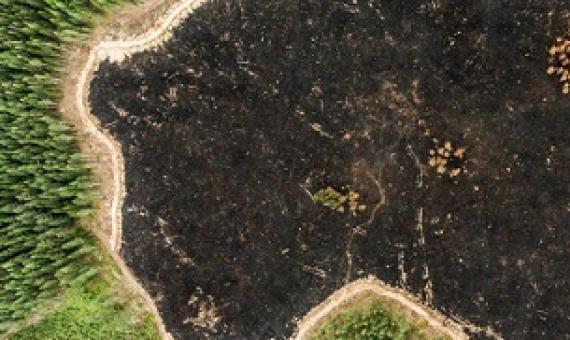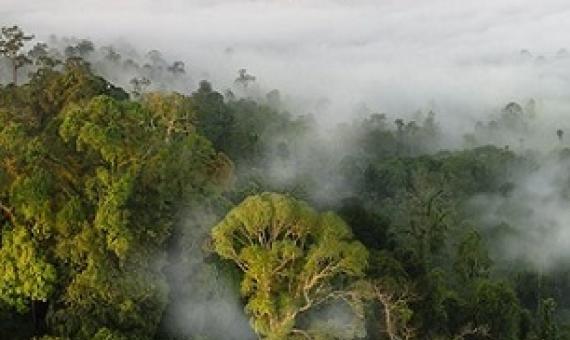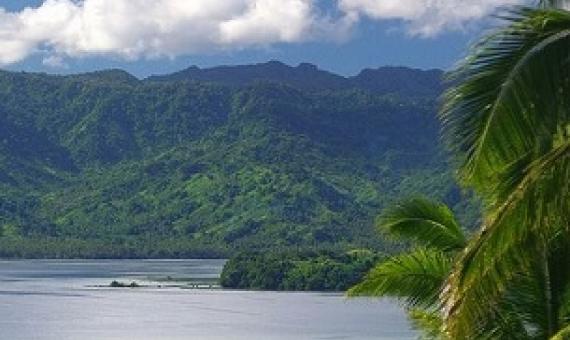A pledge by nine grantmakers to give $5 billion to conservation efforts that address threats to biodiversity and to help curb climate change is taking a different approach than philanthropy has embraced in the past — one that may require those organizations to do things differently. Jeff Bez
The government last week called for nominations for Areas of Outstanding Biodiversity Value (AOBVs), which qualify for conservation work funding from the Biodiversity Conservation Trust.
Papua New Guinea's prime minister James Marape is to raise climate change and the threat to his country's biodiversity at the UN...Marape said he hoped industrialised countries will help PNG to conserve its great biodiversity by mitigating the threat climate change poses.
Although the biodiversity crisis is intimately linked to the climate one, the financing to address it is woefully inadequate.
Unity of Nature and Man: a new vision and conceptual framework for the Post-2020 Global Biodiversity Framework
People live in nature. However, substantial evidence confirms that, under the pressure of anthropogenic alteration, nature is being fragmented, imperiled and becoming less able to provide essential services. Biodiversity loss is the most significant signal of this depletion, and could profoundly impact the future of human beings and the rest of life on Earth. Against this background, Parties of Convention on Biological Diversity (CBD) agreed a 2011–2020 Strategic Plan and 20 Aichi Targets to halt continuing biodiversity loss.
A new study carried out by the Nature Map Consortium shows that managing a strategically placed 30% of land for conservation could safeguard 70% of all considered terrestrial plant and vertebrate animal species, while simultaneously conserving more than 62% of the world's above and below ground v
Biodiversity...underpins the resources needed for the survival of life itself. However, species are becoming extinct faster than ever, and humans are largely to blame.
Conservation areas have been one of the most successful methods for the modern world to ensure we preserve biodiversity. By declaring areas as protected, the biodiversity (both flora and fauna) is safe from hunting.
In 2017, an evolutionary biologist named R. Alexander Pyron ignited controversy with a Washington Post commentary titled “We don’t need to save endangered species.
The Department of Environment has secured more than $18 million over the past 24 months in external donor funding to support biodiversity conservation and environmental protection work.

